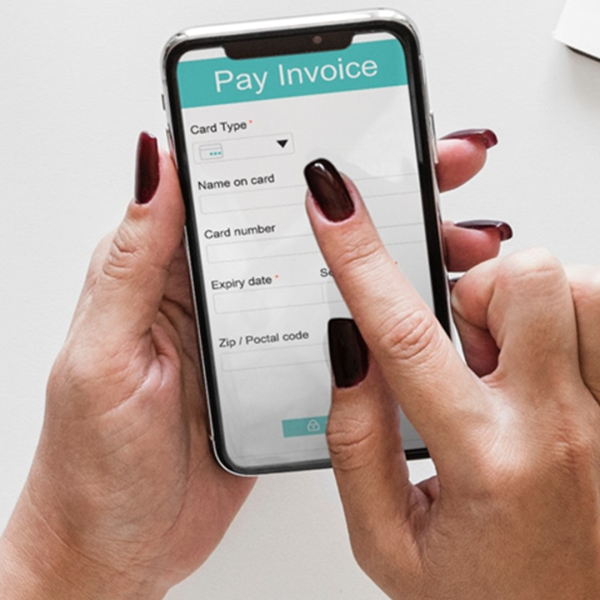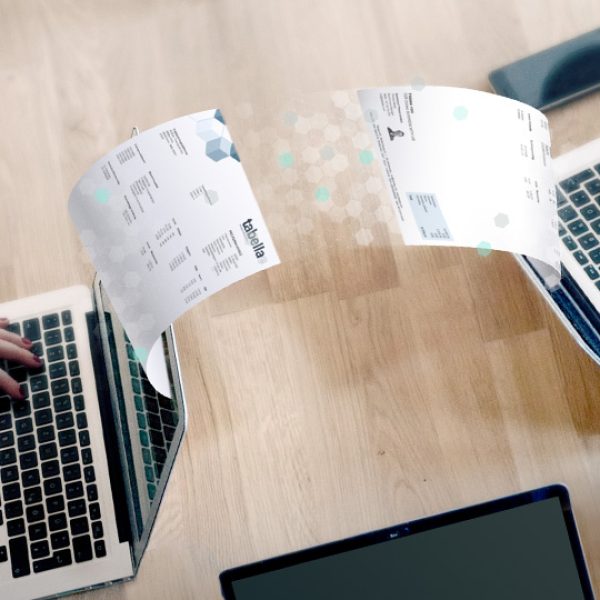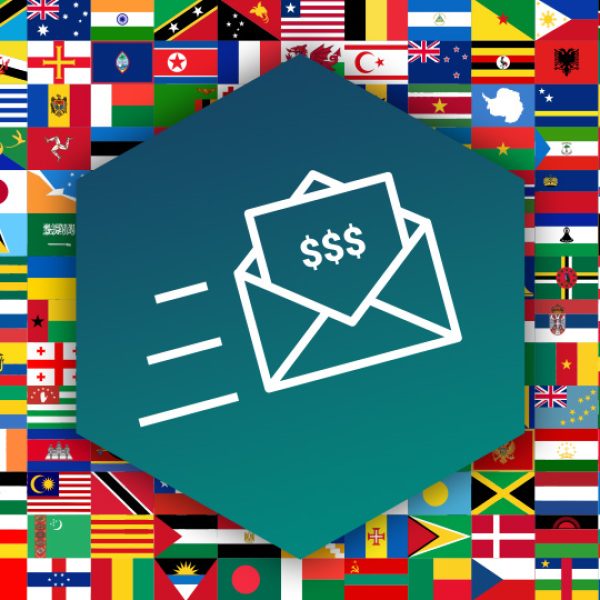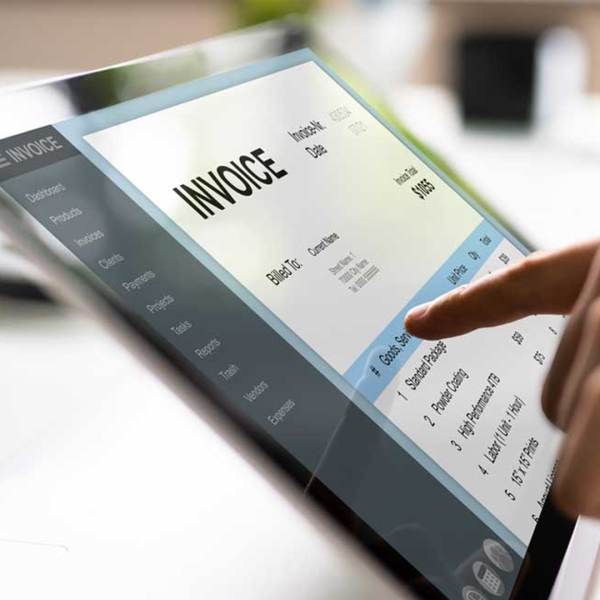Electronic invoicing

Low-cost electronic invoice management
When you use e-invoicing, you get an electronic invoice management workflow that is faster, cheaper and more accurate.
Avoid time-consuming and costly processes for scanning, interpreting and verifying invoices. Instead, your e-invoices are sent directly to your workflow system. Once the e-invoice is approved and registered, the invoice data is sent directly to your finance department or ERP system.
Electronic invoicing for the public and private sector
Several public sectors around the world are pushing for e-invoicing and demanding companies to do invoicing and billing electronically. For private companies, it also sets a deadline to get their businesses transformed in time.
National and global regulations
One of the main drivers for the adoption of e-invoicing is the EU’s e-invoicing enforcement for public e-procurement (see EN 16931). Another common reason is national regulations that require using e-invoicing to combat tax fraud and tax evasion.
Electronic invoices are already widely used in both the public and private sector, especially with PEPPOL and OIOUBL as the state format for electronic invoicing in most countries.


Mandatory e-invoicing – are you ready?
E-invoicing is becoming mandatory worldwide. While it’s a safe and accurate way to do business, it also means new demands on your business.
If you do business internationally, you need to be able to invoice electronically in certain formats to continue trading with the countries concerned. Download Tabellae’s e-invoicing whitepaper and get an overview of the mandatory requirements coming in 2023, 2024 and 2025.
5 benefits of electronic invoicing
With e-invoicing, you get an improved invoice management workflow that can make a positive difference to your business.
1. Faster
Eliminate time-consuming and costly processes for scanning, interpreting and verifying invoices. Instead, your invoices are sent directly to your workflow system. Once the e-invoice is approved and registered, the invoice data is sent directly to your finance department or ERP system – saving you time.
2. professional image
All documents and reports support your company’s layout. You reduce the need for pre-printed forms, reduce error rates and improve quality.
3. Cheaper
With electronic invoicing, you can send more of your business documents automatically and electronically. This means you’ll need fewer printers and achieve lower toner and paper consumption. This saves you money on hardware, paper, toner, printing and, most importantly, employee time.
4. Safe and accurate
E-invoicing is the most secure way to exchange files and conduct business due to encrypted file transfer, digital signatures and secure networks – and it can’t be lost in the mail. Data is delivered directly from your ERP system in real-time, and automatic invoice validation ensures that only correct transaction data enters the ERP system.
5. Adapt to customer requirements
Don’t have the correct e-invoice format your customer wants? We can deliver your invoices in exactly the format and layout your customers want.
What is electronic invoicing?
Electronic invoicing, also known as e-invoicing, is an e-commerce technology that simplifies electronic invoicing to make it as easy as sending an email.
Electronic invoicing is a rapidly evolving field of document exchange. Although e-invoicing is an established method of electronically distributing business documents, there is still confusion about what exactly the definition covers.


What is an electronic invoice?
An e-invoice is an invoice that is digital throughout the entire lifecycle of the document, i.e. issued, transmitted, received, handled and archived electronically in a digital format.
E-invoices are always sent in an officially recognized format depending on its country of origin. In Scandinavia, Denmark uses the OIOUBL format, in Sweden Svefaktura is a commonly used format, in Finland Finvoice and in Norway EHF is the preferred format. The common format used internationally in Europe is PEPPOL.
What is not an electronic invoice?
Many people think an electronic invoice is any type of invoice that is received digitally – but it’s not. An electronic invoice does not cover:
- An invoice in PDF, Word or PNG received via email
- A paper invoice that has been converted to a digital format
Want to learn more about the possibilities with e-invoicing from Tabellae and how we can help your business?
Send me an email and I’ll contact you to set up a time for a consultancy session that suits you.
